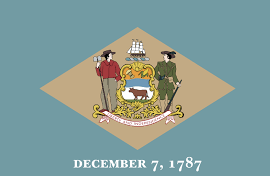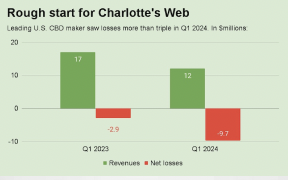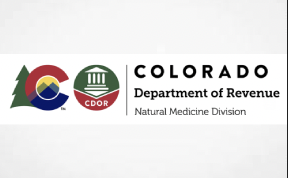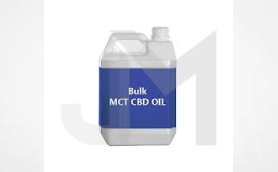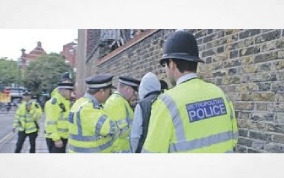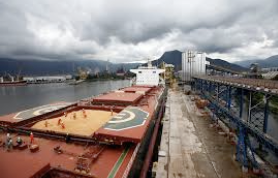The port of Santos, Brazil is a well-known hub for trafficking cocaine, and Santos’ smuggling gangs are increasingly shipping their goods on routes through West Africa, a new report by the Global Initiative Against Transnational Organized Crime has revealed.
Brazil’s largest criminal organization, the Primeiro Comando da Capital (PCC), has been using the port of Santos to traffic narcotics to Europe through West Africa for a long time. The PCC is said to be the most powerful player in Brazil’s domestic cocaine market with an estimated 40,000 members and hundreds of thousands of allies.
Brazil operates as a transit point in the cocaine value chain, since it does not produce the raw coca plants. Cocaine is imported from producers in Bolivia, Peru, Venezuela and Colombia, or from other transit countries such as Paraguay, either in the form of crude coca paste or as processed cocaine hydrochloride.
According to the report, seizures on the Brazil-West Africa trade lane have increased dramatically from 435 kilograms in 2014 to more than 27 tonnes in 2019 – a historic record.
Santos has become a preferred trafficking seaport not only due to its close proximity to São Paulo, Brazil’s largest metropolis, but also due to the entrenchment of the PCC in São Paulo and at the port. As the largest port in the Southern Hemisphere, Santos handled five million TEU of cargo in 2022.
Over 9,000 containers circulate at the facility every day, and the abundant opportunity to plant drugs in “clean” boxes has attracted drug cartels. According to the report, most of the cocaine trafficked from Santos port, including into West Africa, is concealed inside containers of legal goods, especially sugar consignments. Smaller quantities of cocaine have also been found hidden inside reefer container cooling systems and attached to the hulls of ships.
Another common strategy is “hoisting,” in which small boats approach the ship once it is at sea and the drugs are loaded aboard with the help of crew members. Smaller volumes are also transported by drug mules (individual carriers) on ships with passengers or cargo.
“The port’s position as a critical node in the cocaine value chain is shaped not just because a key trafficking route flows through it, but because it is home to well-established logistics and highly integrated criminal networks. These logistics depend on thorough knowledge of police infrastructure and barriers, built up over the last 20 years,” noted the report.
It adds that the vast majority of cocaine is imported into West Africa via maritime trafficking routes. In recent years, vessels using the maritime route have been increasing in size and number, with large vessels (some with 20,000-container capacity) able to navigate the crossing in about 10 days. Some cocaine is trafficked in smaller boats, including sailboats that are not subject to the same controls as larger commercial ships. Brazilian federal police estimate that smaller boats can transport around 500 kilograms of cocaine per journey.
The report shows that while in 2018 only Senegal was in the top 10 destinations for cocaine seized in Brazilian ports, Nigeria, Ghana and Sierra Leone have pushed their way into the list of being key transshipment routes. Notably, over 60 percent of narcotic shipments originating from Brazil were either destined for or shipped through countries in West Africa enroute to Europe. In 2021, at least 24 tonnes of cocaine were seized across West Africa seaports.
Source: https://maritime-executive.com/article/gangs-ramp-up-cocaine-exports-on-brazil-to-west-africa-routes
